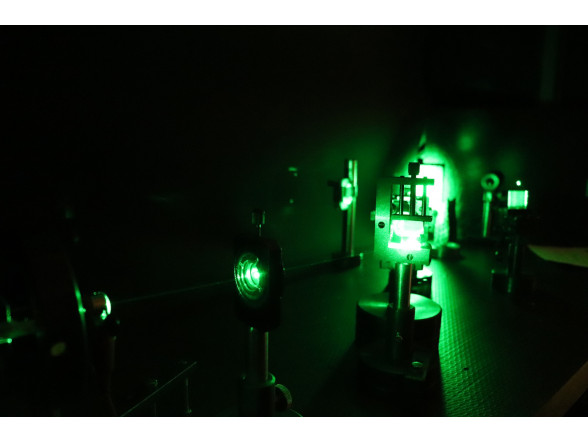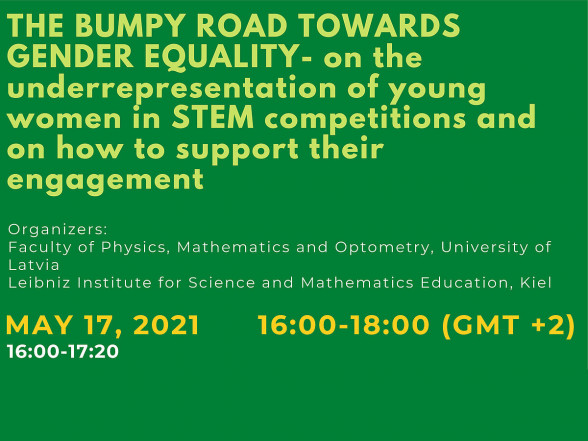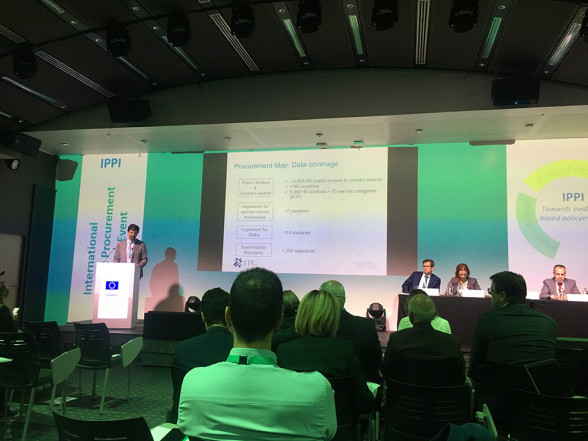On October 27, the leading researcher from ISSP UL’s Laboratory of Radiation Physics Dr.phys. Māra Reinfelde was a guest at the National Radio program devoted to science “Zināmais Nezināmajā” (Known in the Unknown) and spoke about holograms.
In the program, the scientist explained that holograms were often described as photographs that could be viewed in three dimensions, and even if the word "hologram" seemed foreign, most of us have had come across it in practice. M. Reinfelde explained how holograms came about and what parameters were important in their creation. She also shed light on myths, because not everything we were used to consider a hologram was really a hologram. In the early 1990s, holograms were popular in Latvia, including the production of holographic stickers. The researcher explained that now there was no such demand for stickers, but holograms could be used as attractive images or as a protection mechanism for documents.
On the program, it was explained that in addition to researching the properties of materials, the ISSP UL has had provided an opportunity to record holographic images and thus introduce students to the nature of light waves. M. Reinfelde compared physics that transcends its boundaries in case of holograms with art. She also told the program that holograms could be used in developing increasingly bold ideas, such as spatial phone and TV screens.
Program on holograms in Latvian
On October 29, leading researcher from ISSP UL’s Laboratory of Visual Perception Dr.phys. Sergejs Fomins participated in a Radio NABA program “Digitālās brokastis” (Digital Breakfast) and together with photographer Toms Norde told the listeners about trends in camera technology, what the various parameters in device advertising meant in practice, and which were worth paying attention to. Sergejs Fomins talked about the main historical stages of camera development, their classification, as well as outlined possible future directions of development.



